There are few food pleasures as comforting as biting into a perfectly golden grilled cheese sandwich. That crispy, buttery crust. That gooey, melty middle. That satisfying cheese pull. It’s simple, nostalgic, and downright magical when done right. But if you’ve ever sunk your teeth into one and thought, “Wait, why is this so soggy? Why isn’t the cheese even melted?” — chances are, your cheese was the problem.
Not all cheeses are created equal, especially when it comes to the holy art of grilled cheese. Some might taste great on their own or work beautifully in salads and pastas, but toss them between two slices of bread and throw them on a hot skillet? Disaster.
Whether it’s too much moisture, a refusal to melt, or a flavor that punches too far above its weight, certain cheeses are simply not built for this sandwich classic. Some might leave your bread a limp, soggy mess. Others will just sit there, grainy and lifeless, laughing in the face of your melted cheese dreams.
If you want that perfect bite — crispy on the outside, silky and stringy in the center — you need to know which cheeses to avoid at all costs. In this article, we’re revealing six popular cheeses that may look innocent in your fridge but are grilled cheese dealbreakers.
Save yourself from the heartbreak of a bad sandwich. Learn the mistakes before you make them. Here are the top offenders — and why they just don’t belong anywhere near your pan.
1. Fresh Mozzarella: The Watery Culprit

That beautiful ball of fresh mozzarella might be perfect for caprese salad, but it’s a grilled cheese nightmare waiting to happen. Fresh mozzarella contains way too much moisture – up to 60% water content!
When heated, all that liquid releases into your sandwich, creating a soggy bread situation nobody wants. The texture also doesn’t achieve that stretchy pull we crave from perfect grilled cheese.
Fun fact: Traditional Italian mozzarella di bufala has even higher moisture content than the cow’s milk version. If you absolutely must use mozzarella, stick with the low-moisture, pre-shredded kind that’s specifically made for melting.
2. Feta: Crumbly Doesn’t Equal Melty
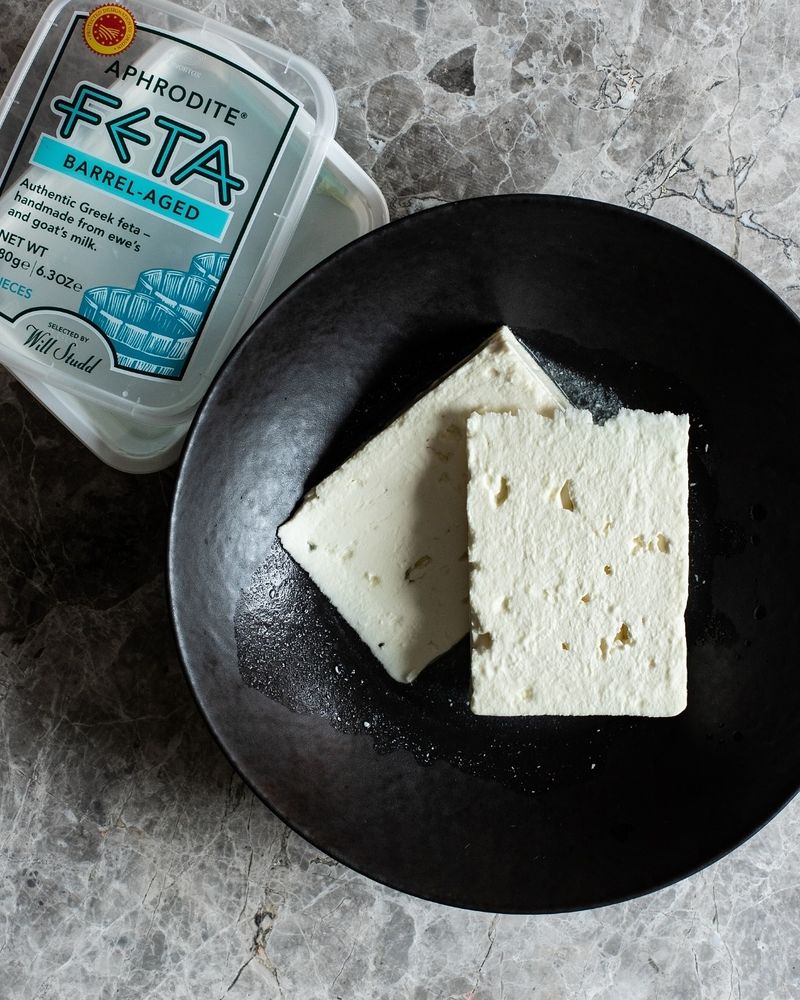
Feta’s tangy flavor might tempt you, but this Greek staple will leave your sandwich grainy and separated. Unlike cheeses that become gloriously gooey, feta just doesn’t melt – it softens while maintaining its crumbly texture.
The high salt content also creates a moisture problem. As the cheese heats up, it releases liquid but never achieves that smooth, unified consistency we want in a proper grilled cheese.
A lesser-known trouble with feta is its tendency to become bitter when browned. Those crispy, caramelized bits that make grilled cheese wonderful? With feta, they turn unpleasantly sharp instead of developing rich flavor.
3. Ricotta: The Spreadable Disappointment
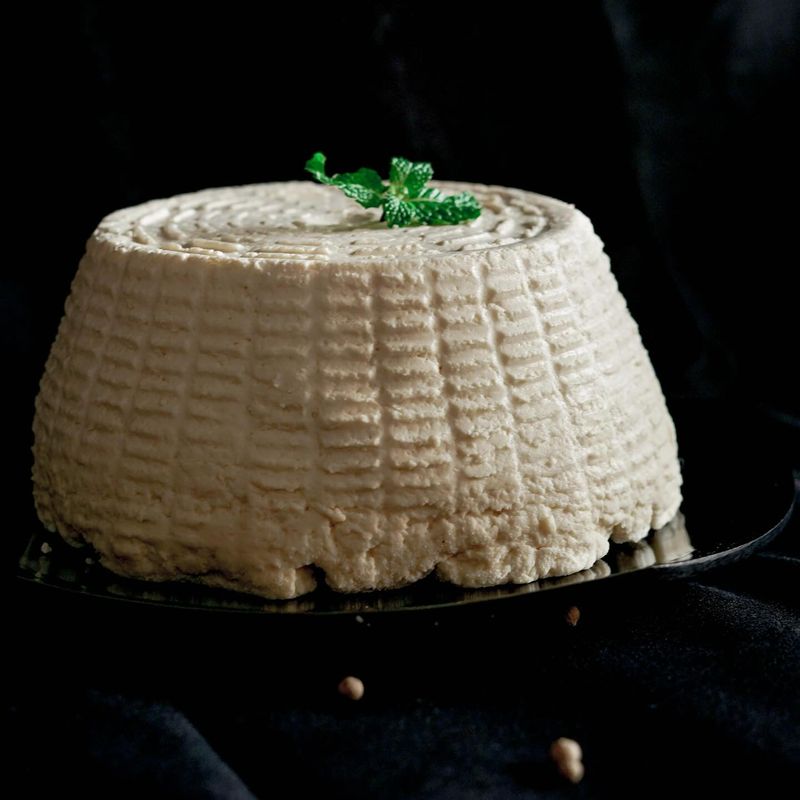
Ricotta might work wonders in lasagna, but it’s a grilled cheese catastrophe. This creamy cheese lacks the protein structure needed to stretch and pull when melted. Instead, it becomes a hot, grainy mess that seeps into your bread.
The high moisture content is another strike against ricotta. Your bread will absorb all that liquid like a sponge, turning crispy toast into a sad, soggy situation. Even worse, ricotta’s delicate flavor gets completely lost among the stronger taste of toasted bread.
Many home cooks have tried mixing ricotta with other cheeses hoping to solve these problems, but the result is still far from ideal. The water content remains problematic no matter what cheese companions you choose.
4. Cottage Cheese: Curds of Disappointment
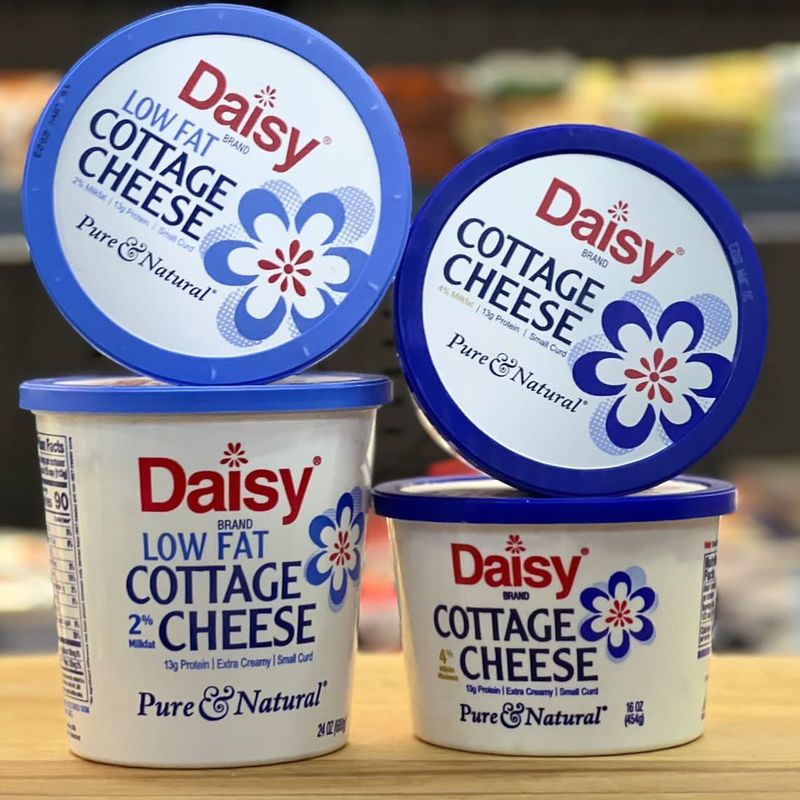
The lumpy texture of cottage cheese spells disaster for grilled cheese sandwiches. Those distinctive curds refuse to melt into the smooth, velvety consistency we crave. Instead, they remain stubbornly separate while releasing their considerable moisture content.
Even if you drain cottage cheese thoroughly, you’ll still end up with a grainy texture that feels entirely wrong between two slices of bread. The mild flavor doesn’t help either – it gets completely overwhelmed by the toasted bread.
Did you know cottage cheese can contain up to 80% water? That’s essentially putting water directly onto your bread and expecting it to stay crispy. The result is inevitably a soggy sandwich that falls apart with the first bite.
5. Blue Cheese: Too Strong, Too Stubborn
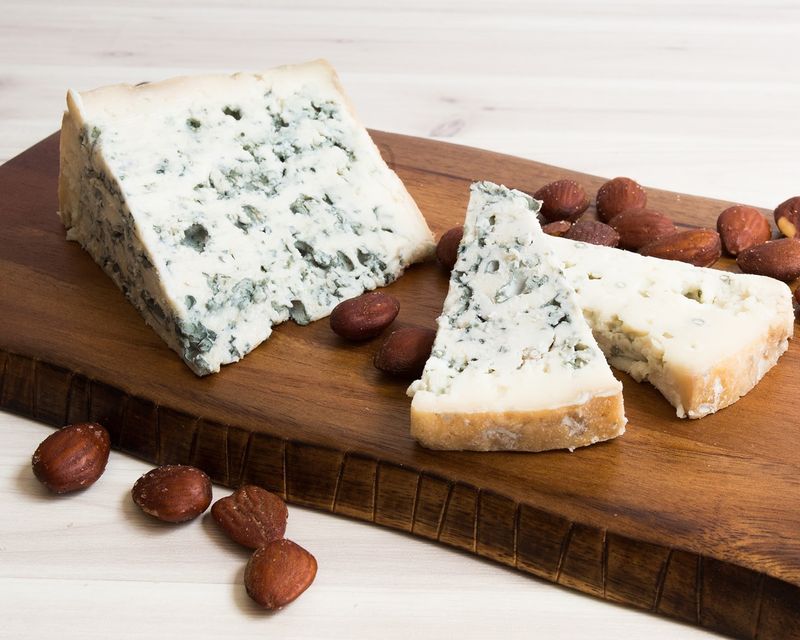
Blue cheese brings bold flavor, but it’s a grilled cheese rebel that refuses to play nice. The strong, pungent taste completely overpowers the comforting simplicity that makes grilled cheese so appealing in the first place.
Texture-wise, blue cheese is another troublemaker. Those characteristic veins of mold maintain their structure even when heated, creating an uneven melt with pockets of intensely flavored blue bits. The high fat content also separates when melted, creating oily puddles that make your bread greasy rather than crisp.
The salt content in blue cheese draws out moisture from the cheese itself, contributing to the dreaded soggy bread syndrome. Save this funky favorite for a cheese board where its powerful personality can shine appropriately.
6. Pre-Shredded Cheese Blends: Anti-Caking Agents Attack
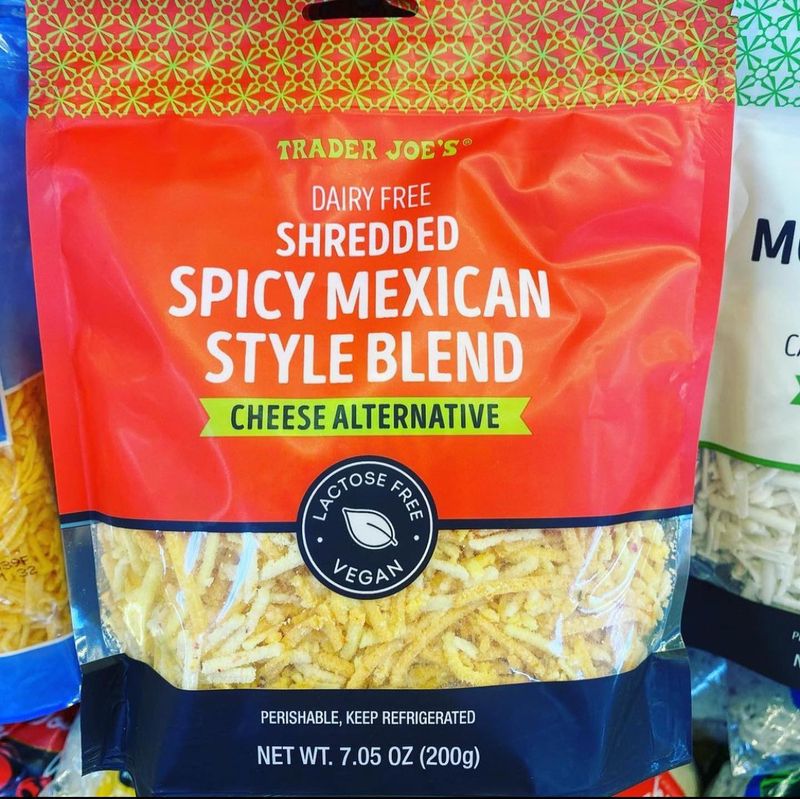
Those convenient bags of pre-shredded cheese blends hide a grilled cheese saboteur: anti-caking agents. These powdery additives (usually cellulose or potato starch) prevent the cheese from clumping in the bag, but they also prevent proper melting in your sandwich.
The result is a strangely grainy texture that never achieves that perfect, smooth melt. These agents also create a barrier that stops the cheese from binding together, meaning you miss out on those glorious cheese pulls that make a great grilled cheese Instagram-worthy.
Many pre-shredded blends also contain natamycin, a mold inhibitor that affects how the cheese melts. For grilled cheese perfection, always start with a block of cheese and grate it yourself just before cooking.
Leave a comment